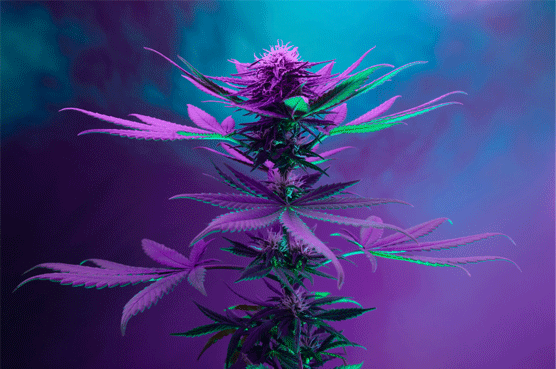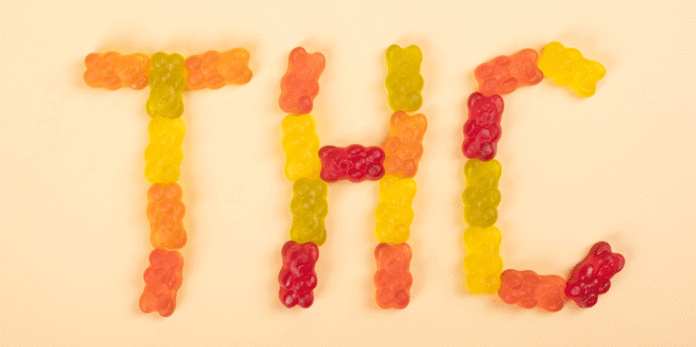The cannabis sector has lately revolved around pursuing ever-higher THC levels, leading to the hybridization of strains for peak THC content. However, this focus on potency raises questions about overlooking the array of valuable compounds found in traditional landrace sativa and indica strains.
Higher THC Doesn’t Mean Stronger Weed
A 2022 study found that the pleasant aroma of cannabis is positively correlated with pleasant subjective effects. On the other hand, factors such as terpene expression, THC potency, or THC dose do not play a significant role in determining the subjective effects.
Pleasant aroma is predictive of pleasant subjective effects. Scientifically speaking, these aromatic profiles go beyond mere enjoyment, as they also influence the effects of cannabis on our bodies. Understanding this intricate relationship allows consumers to make informed choices when selecting cannabis products, aligning their preferences with desired experiences.
Another study by the University of Colorado found that THC potency does not actually track with intoxication levels. While there can be striking differences in THC levels in the blood of people who consume concentrate versus flower for example, the level of actual impairment is extremely similar.
Researchers hypothesize that once cannabinoids fill up the receptors in the brain that create intoxication, additional cannabinoids have less of an impact because the receptors are already full. There is also no research that indicates that a higher dose of THC is more beneficial for any medical condition, meaning this research impacts both medicinal and recreational cannabis users.
Why Are Consumers Buying Higher THC Products?
If aroma can play such a significant part in how cannabis makes us feel, then why do consumers continuously lean towards higher THC content when buying products?
“Nothing was tested on the black market, so users would just look at it, smell it and taste it to see if it was good,” Tyler McCain with Mello, says. “Anything that tastes and smells good is a winner, but once everything started getting bottled up and tested, users can’t see or smell everything anymore. So what do you have to judge good weed off of?”
Another theory is that because consuming high THC flower allows users to enjoy THC’s multitude of cerebral and physical effects more quickly and more intensely, consumers are more inclined to go for the higher THC products. However, getting a quicker high isn’t always a good thing. Higher THC levels can lead to anxiety and an overall bad experience.
“Be careful because a lot of brands are trying to include a high amount of THC in their products because they’re finding that it sells,” Heidi Urness, Co-Chair, Cannabis Practice Group at McGlinchey Stafford, says. “For newer users, make sure you go for something like a lower THC percentage. You can enjoy cannabis without taking it to the extreme, so find something that works for your body. And I would find that with lower THC.”

The Squirrel Tail Strain
Eugene McCain, CEO of Mello and Real Talk Cannabis, also suggests that there is much more to marijuana than its THC content. Currently, Mello is endorsing Squirrel Tail, a landrace strain deeply rooted in Thailand for generations. It boasts a unique cannabinoid and terpene profile, setting it apart from the inundation of high-THC hybrids.
“The Thai Squirrel Tail gives a really robust high and body buzz right away, and then it fills out into the psychoactive part,” Eugene says. “We’re now working on getting a lot of this information from the Thai government and certified cultivators in Thailand who are growing these strains. If people were to have this available to them, I would say more than half of customers at our store would find it just terrific because of the great body high without that super high THC rip.”
Other Cannabinoids That Impact Your High
According to Timber Cannabis Co., the quality of cannabis is actually dependent on the entourage effect. This is the idea that weed is greater than the sum of its parts and that all of its components work together to create a unique and full experience.
So while THC may be the best-known cannabis component, it actually holds no more importance than any of the others. In fact, THC actually gains effectiveness when used in conjunction with other cannabinoids and terpenes.
There are over 100 cannabinoids in cannabis, far beyond the well known THC and CBD. Each one has the potential to impact your high. Terpenes, the aromatic compounds found in cannabis that affect flavor, scent and overall vibe, are also crucial to determining the quality of flower and the way the body responds to it.










